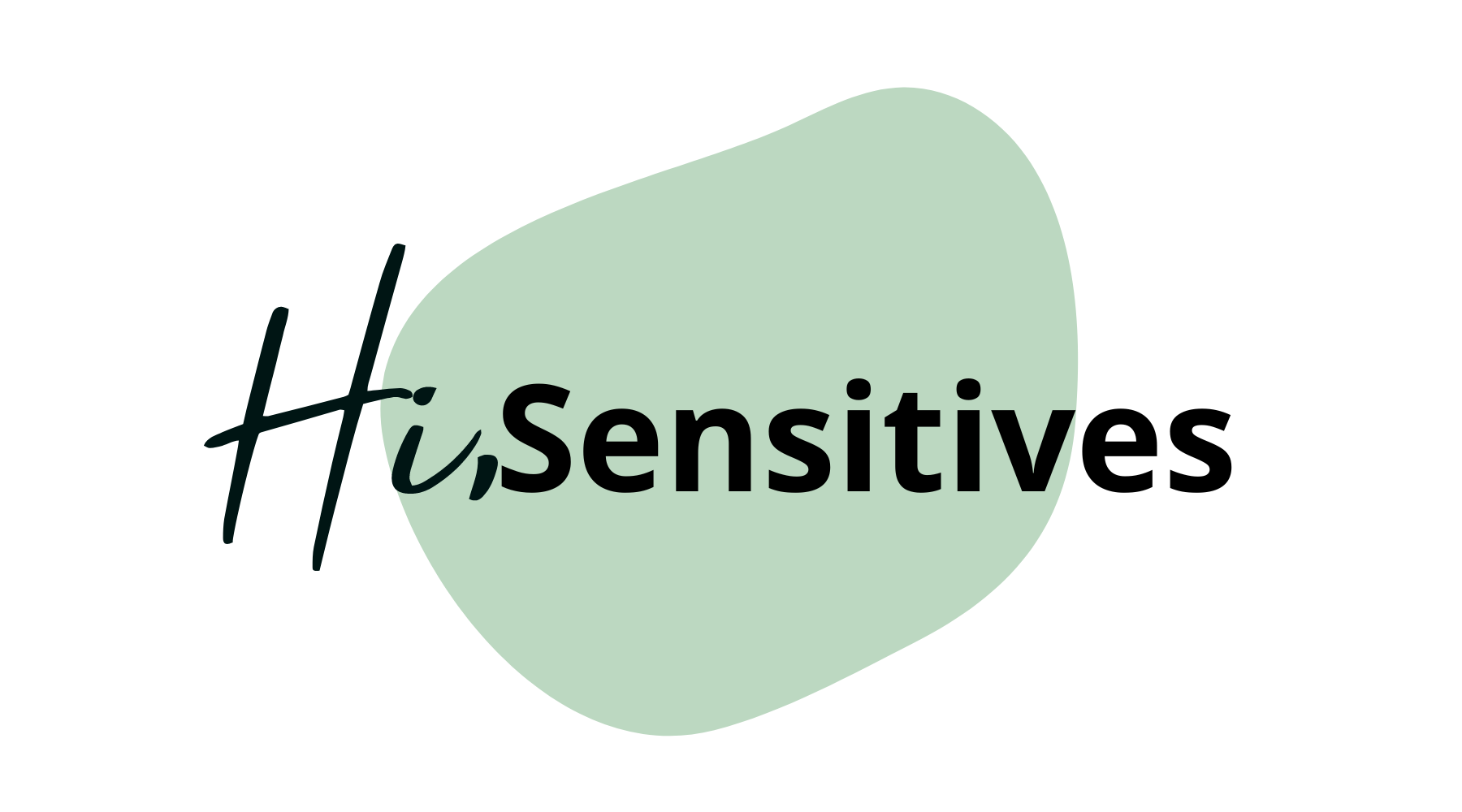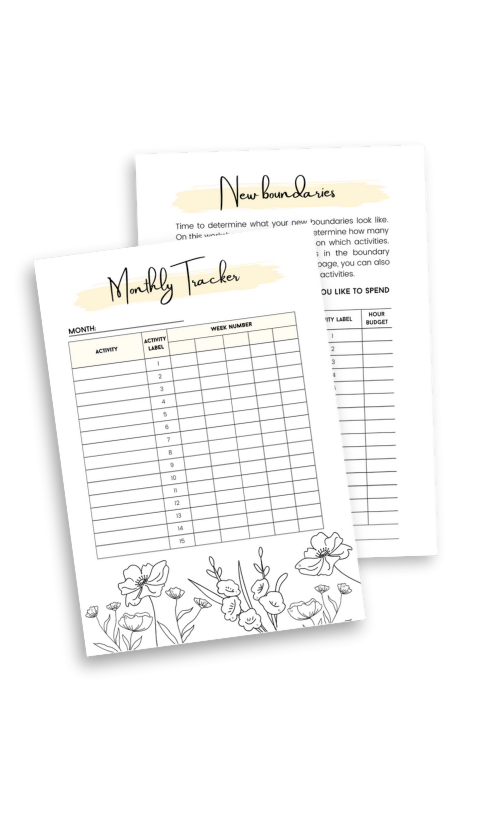Learn about the six types of boundaries essential for highly sensitive people and empaths. Discover how setting emotional, physical, time, intellectual, material, and relationship boundaries can lead to a more balanced and fulfilling life.
Estimated reading time: 6 minutes
Boundaries come in many forms, and for highly sensitive people (HSPs) and empaths, understanding the different types of boundaries is essential for leading a balanced and fulfilling life. Setting boundaries allows us to protect our well-being, manage our energy, and maintain healthy relationships. In this article, we’ll dive into six types of boundaries you can set to feel more respected, more at peace, and more balanced in your everyday life.
Why 6 Types of Boundaries?
Understanding why we need to focus on six types of boundaries is crucial for creating a balanced and fulfilling life, especially for highly sensitive people and empaths. These six boundaries—emotional, physical, time, intellectual, material, and relationship—each serve a unique purpose, but they often work together to provide the most effective protection of your well-being. You can’t simply pick one type of boundary to practice and expect comprehensive results.
For example, setting emotional boundaries without considering time boundaries might leave you feeling emotionally drained due to a lack of personal time. Likewise, establishing physical boundaries without relationship boundaries could lead to conflicts in personal relationships. By understanding and integrating all six types of boundaries, you create a holistic approach to safeguarding your mental, emotional, and physical health. Let’s explore each of these six types of boundaries and how they can collaborate to enhance your overall well-being.
1. Emotional Boundaries
Emotional boundaries are one of the most important types of boundaries you can set. They involve protecting your emotional well-being and ensuring that your feelings are respected by others. These boundaries help you avoid taking on other people’s emotions or being emotionally manipulated. For example, if someone in your life constantly unloads their problems on you and leaves you feeling drained, it might be time to set an emotional boundary. If you’re having a tough day yourself, you might say, “I care about you, but I need some time to process my own feelings right now. Can we talk about this another time?” This lets the other person know that you still care but need to take care of your own emotions first. Setting emotional boundaries can even encourage others to learn how to manage their struggles independently rather than always relying on you as an emotional sounding board.
2. Physical Boundaries
Physical boundaries are another critical type of boundary to consider. They relate to your personal space, privacy, and physical touch, ensuring you feel comfortable and safe in your own body. For instance, when you’ve just had a baby and everyone wants to hold your child, but you’re not comfortable with that, you might set a physical boundary by saying, “My child needs a nap, so I’d prefer if you didn’t hold her right now.” Similarly, if you’re not comfortable with hugs, you can express your preference by saying, “I prefer handshakes.” Physical boundaries are about respecting your body and space, and they extend to more serious matters of consent and personal safety, as highlighted by the Me Too movement. Setting these physical boundaries is vital to ensure that your personal space and physical autonomy are respected.
3. Time Boundaries
Time boundaries are essential for managing your schedule and ensuring you have enough time for yourself. If you find yourself constantly over-scheduled and without time to recharge, it might be a sign that you need to set better time boundaries. Time boundaries help you prioritize your time and say no to activities that don’t align with your values or goals. For example, if someone asks to meet up, you can say, “I’m available to meet between 10 am and 2 pm, but after that, I need to focus on self-care or other commitments.” By being clear about your availability, you protect your time and energy. The same applies to work; setting boundaries like only being available for meetings during specific hours can help maintain a healthy work-life balance and prevent burnout.
4. Intellectual Boundaries
Intellectual boundaries are a type of boundary that involves respect for your thoughts, ideas, and opinions. They protect your right to your own beliefs and prevent others from belittling or dismissing your ideas. If you find yourself in a heated debate with a friend or family member, particularly about topics like politics, you can set an intellectual boundary by saying, “I respect your opinion, but I feel like this conversation is becoming unproductive. Let’s agree to disagree.” This approach allows you to maintain your peace without engaging in a draining or unproductive argument, showing respect for both yourself and the other person.
5. Material Boundaries
Material boundaries are important for protecting your personal belongings and resources, such as money, possessions, and property. These types of boundaries are crucial when it comes to sharing or lending your things to others. If a friend frequently asks to borrow money or use your car, you can set a material boundary by saying, “I’m happy to help, but I can’t lend my car. How about I help you find a rental instead?” This response shows willingness to support while maintaining clear boundaries regarding your possessions. By setting material boundaries, you ensure that your resources are respected and that you’re not taken advantage of.
6. Relationship Boundaries
Relationship boundaries are a fundamental type of boundary that defines what is acceptable and unacceptable behavior in your relationships, whether with friends, family, or romantic partners. These boundaries help maintain mutual respect and understanding. For instance, if you have a partner who avoids discussing issues or gives you the silent treatment, you might set a boundary by saying, “I value honesty and communication. If something is bothering you, please talk to me about it instead of avoiding the issue.” This type of boundary fosters open communication and helps prevent misunderstandings or unresolved conflicts. It’s about ensuring that your needs are met and that your relationships are built on respect and honesty.
Embrace the 6 Types of Boundaries
Understanding the different types of boundaries is not just about protecting yourself—it’s about creating a balanced and respectful environment where you can thrive. For highly sensitive people and empaths, boundaries are essential tools for managing energy, reducing stress, and nurturing well-being. Remember, boundaries are not rigid walls but flexible guidelines that can evolve over time. By understanding and implementing these six types of boundaries, you can create a life that feels more aligned with your needs and values.
If you’re eager to learn more about how to set these types of boundaries effectively, we’re excited to share that we’ve partnered with systemic coach Julia Zwinz in our Ideal Self Plus membership. Julia offers practical tips and powerful techniques to help you set boundaries effectively. Along with her masterclass, we’ve included a 69-page e-book on setting boundaries, interactive worksheets, and daily exercises to guide you on your journey. Don’t miss out on this opportunity to claim your free seven-day trial and explore the art of boundary-setting in depth!







